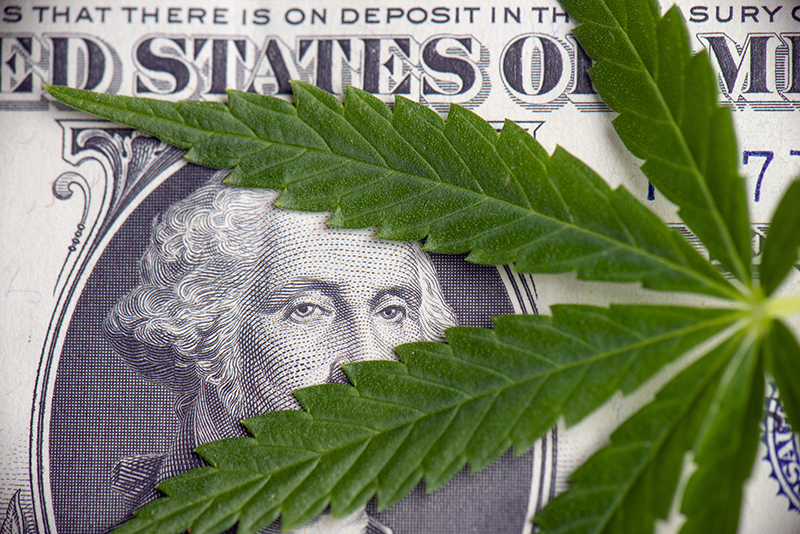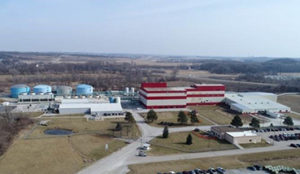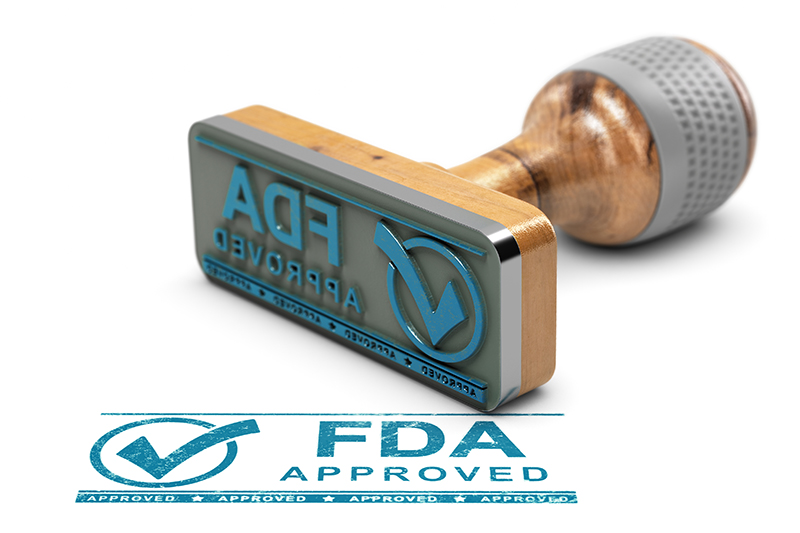Monosodium glutamate is produced in the United States by the Ajinomoto, Co., Inc., which happens to be the world’s largest manufacturer of monosodium glutamate.
You may not appreciate the product that they sell, but you really should appreciate the ingenuity of their marketing — their sure-fire recipe for deception. This rich and powerful corporation twists the truth, misrepresents what is true and tells half-truths so very cleverly that its deceptions go largely unnoticed. Monsanto, the corn refiners (the high fructose corn syrup people), and the companies that made the artificial sweetener aspartame before Ajinomoto took it over, haven’t been nearly as clever as Ajinomoto in keeping their products from being the subjects of negative publicity.
As an example, here are nine “game plans,” tactics that have proven to be pure genius in the way they’ve managed to hoodwink consumers into believing MSG is a safe and natural product:
# 1: MSG is a poison that those in the flavor-enhancer industry maintain is perfectly safe. And here’s one way they skirt an out-and-out lie to do it — they never say that research shows that their product is safe, but rather claim that “Another study has failed to find that monosodium glutamate is harmful.” What they don’t tell you is that they’ve rigged all their studies to produce favorable results (failing to find…), going so far as to lace their placebos with aspartic acid, an excitotoxin found in aspartame. And if those studies don’t come out as planned, they are simply not published.
# 2: Research presented as evidence that monosodium glutamate is a harmless food additive has often been characterized as the “gold standard” — that is, randomized, double-blind, placebo-controlled studies. But if you review those studies, you’ll find that the subjects were not drawn randomly from a defined population (a necessary condition given the statistical tests used), and that, in fact, the only random factor in those studies might have been the order in which subjects who were administered both test and placebo materials were given those materials.
It is a known fact that since 1978, if not before, placebos used in Ajinomoto’s double-blind studies had been laced with aspartic acid (in aspartame), an additive that kills brain cells and causes virtually the same adverse reactions as the glutamic acid in monosodium glutamate. One could, therefore, say with certainty, that the outcomes of the studies were skillfully manipulated — “controlled” — through the use of such placebos.
# 3: Chinese Restaurant Syndrome was the name given by editors to a 1968 article in the New England Journal of Medicine. In that article, Dr. Ho Man Kwok noted that after eating in a restaurant serving Northern Chinese food, he suffered three adverse reactions: numbness, tingling, and tightness of the chest that lasted for approximately two hours. Ajinomoto seized on this one man’s report of adverse reactions, and proceeded to act as though these were the only reactions caused by monosodium glutamate. For example, when subjects in certain double-blind studies did not react to monosodium glutamate treatment with numbness, tingling, or tightness of the chest, researchers would claim that once again it had been showed that monosodium glutamate is a harmless food additive. Other adverse reactions known to follow monosodium glutamate ingestion, rapid heartbeat, brain fog, and seizures, for example, would not have been considered.
# 4: A number of glutamate-industry studies used “well subjects” in their experiments, without defining “well subjects.’’ Only careful reading of a number of those studies will reveal that “well subjects” are people who have never experienced any of the reactions known to be caused by ingestion of MSG. These aren’t just healthy subjects — these are people who don’t react to monosodium glutamate (at least at the levels given to them). These people will be given monosodium glutamate and, as expected, won’t react. And glutamate-industry researchers running the study will claim that “Another study has failed to find that monosodium glutamate is harmful.”
# 5: A number of glutamate-industry studies were alleged to have been done using subjects who were sensitive to monosodium glutamate. In truth, subjects in these studies were volunteers, often university or medical school students, paid handsomely to participate — but only if they claimed to be sensitive to monosodium glutamate.
# 6: While companies like Monsanto represent themselves in defending the value of their products, until relatively recently Ajinomoto, a Japanese company, had Americans acting on their behalf, without mentioning Ajinomoto by name. Subtle though it may be, it’s not easy to criticize, or even think about something that doesn’t have a name.
# 7: It is said that authoritative bodies around the world have agreed that monosodium glutamate is a harmless food additive – and that’s true — sort of. Not revealed is the fact that those authoritative bodies did no research of their own. Instead, with rare exception, they were given material that had been produced and approved by the glutamate industry, and delivered by the glutamate industry’s International Glutamate Technical Committee (IGTC), or its agents. That includes material provided by the FDA, an agency with close ties to the glutamate industry.
# 8: Glutamate-industry agents take every opportunity to make legitimate research look bad. They will refer to studies wherein glutamate was administered to laboratory animals with phrases such as “…animal studies … often consisted of injecting super concentrated doses of MSG directly into creature’s abdomen…,” ignoring the fact that there are many studies that demonstrate that when monosodium glutamate is fed to laboratory animals, it causes brain damage and endocrine disorders such as obesity and infertility.
# 9: As of this writing, it is quite prevalent for MSG propaganda to say that “It all started with a 1968 letter to the editor of the New England Journal of Medicine” (the letter from Dr. Ho Man Kwok mentioned above). In actuality, Ajinomoto’s defense of monosodium glutamate did begin in 1968, but it wasn’t about anything as benign-sounding as “Chinese Restaurant Syndrome.” It was in response to research done by John Olney, M.D. of Washington University in St. Louis, which demonstrated that monosodium glutamate causes brain damage and endocrine disorders in unborn and newborn mice.
Although Olney’s findings were not published until 1969, he had shared them with Ajinomoto prior to publication.




 monosodium glutamate (MSG) in America, and by Executive Order stop the FDA from calling MSG a “Generally Recognized as Safe” (GRAS) food additive? Science says it’s an excitotoxin – that when present in quantity (and there’s lots and lots of it in the food we eat) it kills brain cells and from there causes obesity and infertility; while Ajinomoto gets propaganda value out of the claim that the FDA says that it’s GRAS.
monosodium glutamate (MSG) in America, and by Executive Order stop the FDA from calling MSG a “Generally Recognized as Safe” (GRAS) food additive? Science says it’s an excitotoxin – that when present in quantity (and there’s lots and lots of it in the food we eat) it kills brain cells and from there causes obesity and infertility; while Ajinomoto gets propaganda value out of the claim that the FDA says that it’s GRAS.


